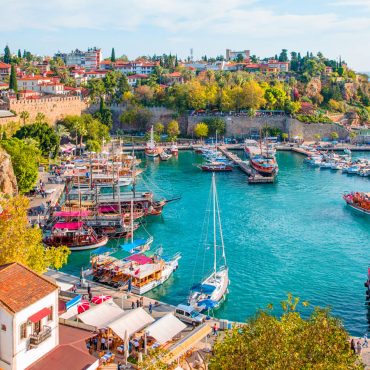Debunking the common misconceptions surrounding medical tourism and revealing the truth behind this booming industry.
Medical tourism is an increasingly popular trend, with more and more people travelling abroad to access affordable and high-quality healthcare services. Despite its growing popularity, there are several myths and misconceptions surrounding the industry. This article aims to debunk some of the most common medical tourism myths and provide factual information to help potential medical tourists make informed decisions about their healthcare needs.
Myth 1: Medical Tourism is Unsafe
Fact: Safety in medical tourism largely depends on the destination and healthcare provider chosen. Many countries have world-class medical facilities, and their hospitals and clinics adhere to stringent international standards. It’s crucial to research the chosen healthcare provider, check for accreditations like Joint Commission International (JCI), and consult with previous patients to ensure the facility and medical professionals meet high-quality standards.
Myth 2: Medical Tourism is Only for Cosmetic Procedures
Fact: While cosmetic procedures are popular among medical tourists, the industry caters to a wide range of medical specialities, including cardiology, orthopaedics, oncology, dental care, and more. Patients travel abroad for various treatments, from routine check-ups and preventative care to complex surgeries and rehabilitation programs.
Myth 3: Savings in Medical Tourism Aren’t Significant
Fact: Medical tourism can offer significant cost savings on various treatments and procedures compared to prices in the United States, Europe, and other developed countries. Depending on the destination and procedure, patients can save up to 50-80% on medical costs. These savings can make essential healthcare more accessible and alleviate the financial burden on patients.
Myth 4: Language Barriers Make Communication Difficult
Fact: While language barriers can be a concern in some countries, many medical tourism destinations have healthcare professionals who speak English or other widely spoken languages. Additionally, hospitals catering to international patients often have dedicated medical tourism departments with multilingual staff to ensure clear communication between patients and medical professionals.
Myth 5: Lower Costs Mean Lower Quality
Fact: Lower costs in medical tourism destinations do not necessarily equate to lower quality healthcare. Factors such as lower living costs, favourable exchange rates, and government subsidies can contribute to lower prices for medical treatments abroad. Many hospitals and clinics in medical tourism hotspots are equipped with state-of-the-art technology and have skilled professionals, ensuring high-quality care for patients.
Myth 6: Traveling After Surgery is Dangerous
Fact: Medical professionals in medical tourism destinations are well-versed in post-operative care and will provide detailed instructions for patients to ensure a safe journey home. Patients should follow these guidelines, allow ample time for recovery, and consult with their healthcare provider before travelling. In most cases, patients can travel safely after receiving appropriate post-operative care.
Myth 7: Insurance Doesn’t Cover Medical Tourism
Fact: While not all insurance providers cover medical tourism, some policies do include provisions for treatments abroad. Additionally, specialized medical tourism insurance plans are available to cover potential complications, travel-related risks, and other unexpected expenses. Patients should consult with their insurance provider to determine coverage options and consider purchasing additional medical tourism insurance if necessary.
Medical tourism offers patients the opportunity to access affordable, high-quality healthcare while experiencing a new culture and environment. By debunking common myths and misconceptions, patients can make well-informed decisions about their healthcare needs and choose the best medical tourism destination for their specific requirements. It is essential to conduct thorough research, consult with professionals, and carefully consider all factors when planning a medical tourism journey.







